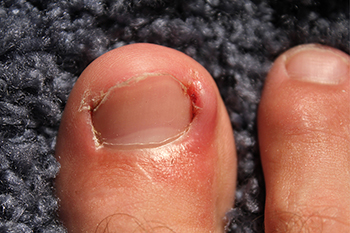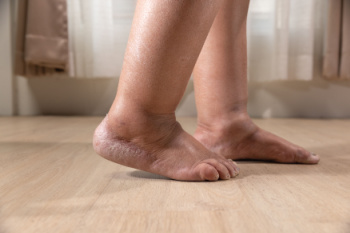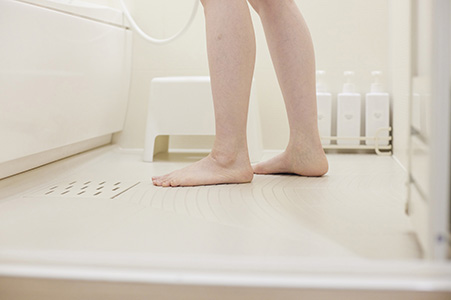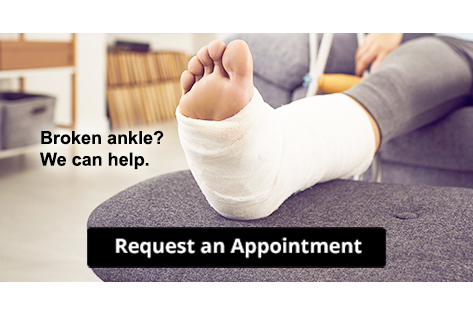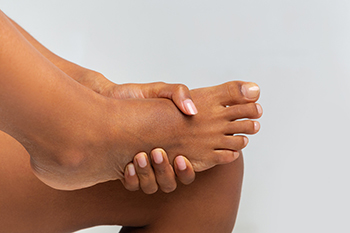
Foot arch pain is discomfort that develops in the curved middle part of the foot and can interfere with walking and daily activities. Common causes include plantar fasciitis, foot cramps from overuse or dehydration, and tarsal tunnel syndrome which compresses nerves in the ankle. Symptoms may include aching, burning, or sharp pain that worsens with standing or activity. Risk factors include flat feet, high arches, obesity, and wearing improper footwear. A podiatrist can help by diagnosing the exact cause, providing custom orthotics, offering treatment options, and guiding exercises to strengthen the foot. If you have persistent foot arch pain, it is suggested that you schedule a visit with a podiatrist who can accurately diagnose and offer appropriate treatment solutions.
Foot Pain
Foot pain can be extremely painful and debilitating. If you have a foot pain, consult with Jeffrey Parrett, DPM from Parrett Podiatry. Our doctor will assess your condition and provide you with quality foot and ankle treatment.
Causes
Foot pain is a very broad condition that could be caused by one or more ailments. The most common include:
- Bunions
- Hammertoes
- Plantar Fasciitis
- Bone Spurs
- Corns
- Tarsal Tunnel Syndrome
- Ingrown Toenails
- Arthritis (such as Gout, Rheumatoid, and Osteoarthritis)
- Flat Feet
- Injury (from stress fractures, broken toe, foot, ankle, Achilles tendon ruptures, and sprains)
- And more
Diagnosis
To figure out the cause of foot pain, podiatrists utilize several different methods. This can range from simple visual inspections and sensation tests to X-rays and MRI scans. Prior medical history, family medical history, and any recent physical traumatic events will all be taken into consideration for a proper diagnosis.
Treatment
Treatment depends upon the cause of the foot pain. Whether it is resting, staying off the foot, or having surgery; podiatrists have a number of treatment options available for foot pain.
If you have any questions, please feel free to contact our office located in Waxahachie, TX . We offer the newest diagnostic and treatment technologies for all your foot care needs.
